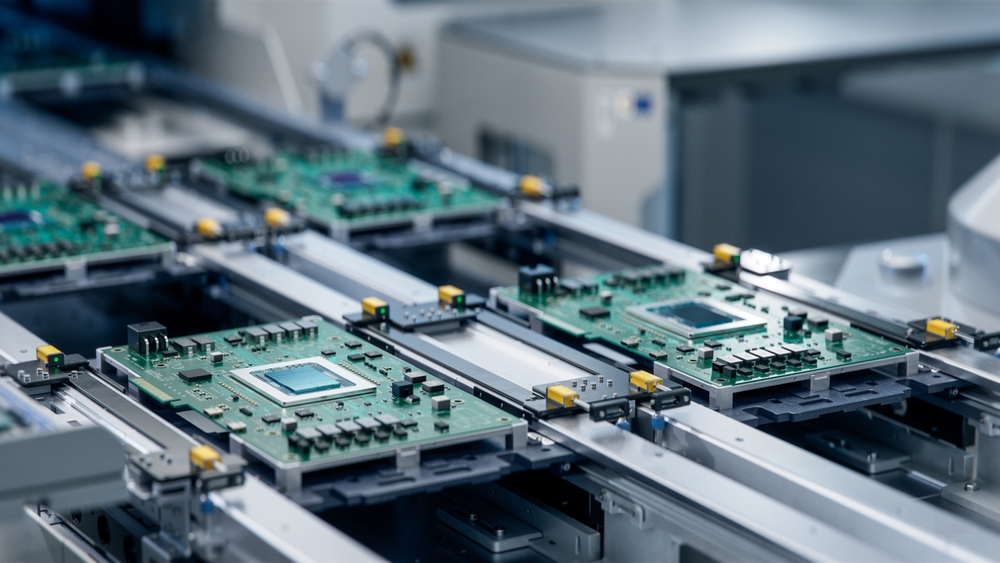In the rapidly evolving world of technology, the drive for innovation is stronger than ever. Central to this innovation are development boards, which serve as critical system components for hobbyists, engineers, and researchers. These versatile tools enable the exploration and creation of new applications in computer hardware. In this post, we will delve into the significance of development boards, their impact on the advancement of IT hardware, and how they are shaping the future of computer components.
What Are Development Boards?
Development boards are platforms that provide the necessary hardware and software components to design, test, and prototype electronic circuits and systems. They typically include a microcontroller or microprocessor, input/output pins, power connections, and various interfaces for communication. Development boards serve as a convenient starting point for developing and experimenting with new technologies.
Key Features and Components of Development Boards
- Microcontroller or Microprocessor: The core of a development board is the microcontroller or microprocessor, which executes instructions and controls the board’s functions. Popular options include ARM Cortex, Atmel AVR, and Microchip PIC.
- Input/Output (I/O) Pins: Development boards feature multiple I/O pins that allow connection to external components such as sensors, actuators, and displays. These pins are crucial for interfacing with other devices and building complex systems.
- Communication Interfaces: Common communication protocols such as I2C, SPI, UART, and USB are supported by development boards, enabling communication with other hardware components and computers.
- Power Supply Options: Boards often provide various power supply options, allowing flexibility in power source selection, including batteries, USB, or external adapters.
- Integrated Development Environment (IDE): Many development boards come with an accompanying IDE, providing tools for writing, compiling, and debugging code. Examples include Arduino IDE, MPLAB X, and Keil.
Popular Development Boards and Their Applications
Several development boards have gained popularity due to their ease of use, versatility, and strong community support. Here are a few examples:
- Arduino: Known for its simplicity and ease of use, Arduino is a popular choice for beginners and hobbyists. It is used in projects ranging from home automation to robotics.
- Raspberry Pi: A powerful single-board computer, Raspberry Pi is used for more complex applications such as media centers, IoT devices, and AI projects.
- BeagleBone: Known for its high-performance capabilities, BeagleBone is used in industrial applications and complex projects requiring real-time processing.
- ESP8266/ESP32: These Wi-Fi-enabled boards are popular in IoT applications, offering wireless connectivity for smart devices and automation projects.
- STM32 Nucleo: These boards are designed for high-performance applications and are used in projects requiring advanced processing and connectivity.
The Impact of Development Boards on IT Hardware and Technology
Development boards play a crucial role in the evolution of IT hardware and technology:
- Prototyping and Rapid Development: Development boards provide a platform for quickly prototyping and testing new ideas, reducing the time and cost of bringing new products to market.
- Education and Skill Development: These boards are valuable educational tools, helping students and enthusiasts learn about electronics, programming, and system design through hands-on experience.
- Innovation and Creativity: Development boards empower innovators to experiment with new technologies, leading to the creation of novel applications in fields such as robotics, IoT, and AI.
- Community and Collaboration: The strong community support around popular development boards fosters collaboration and knowledge sharing, accelerating advancements and innovation.
Challenges and Considerations
While development boards offer numerous benefits, there are challenges to consider:
- Complexity: For beginners, understanding the intricacies of hardware and software can be challenging, requiring time and patience to learn.
- Integration with Other Systems: Ensuring compatibility and seamless integration with other systems and components can be complex, particularly in larger projects.
- Resource Limitations: Some development boards have limited processing power, memory, and I/O options, which may restrict their use in more demanding applications.
- Security Concerns: In IoT applications, security is a significant concern. Ensuring secure communication and protecting sensitive data is essential when using development boards in connected devices.
Future Trends and Developments in Development Boards
The landscape of development boards is continuously evolving, driven by technological advancements and emerging trends:
- Integration with AI and Machine Learning: Future development boards will increasingly support AI and machine learning applications, enabling more intelligent and autonomous systems.
- Enhanced Connectivity and IoT Support: As the demand for connected devices grows, development boards will offer improved connectivity options, including support for 5G, Bluetooth Low Energy (BLE), and LoRa.
- Miniaturization and Power Efficiency: Advances in manufacturing and design will lead to smaller, more power-efficient development boards, enabling their use in wearable and portable devices.
- Open-Source Hardware: The trend towards open-source hardware will continue, allowing developers to customize and modify board designs to suit specific needs, fostering innovation and collaboration.
Conclusion
Development boards are indispensable system components that drive innovation in IT hardware and technology. By providing a platform for prototyping, learning, and experimentation, these versatile computer components empower users to explore new ideas and create cutting-edge applications. As technology advances, development boards will continue to play a vital role in shaping the future of computer hardware, enabling the next generation of innovators to push the boundaries of what is possible. Whether you are an engineer, a student, or a hobbyist, development boards offer the tools and inspiration needed to turn your ideas into reality.
